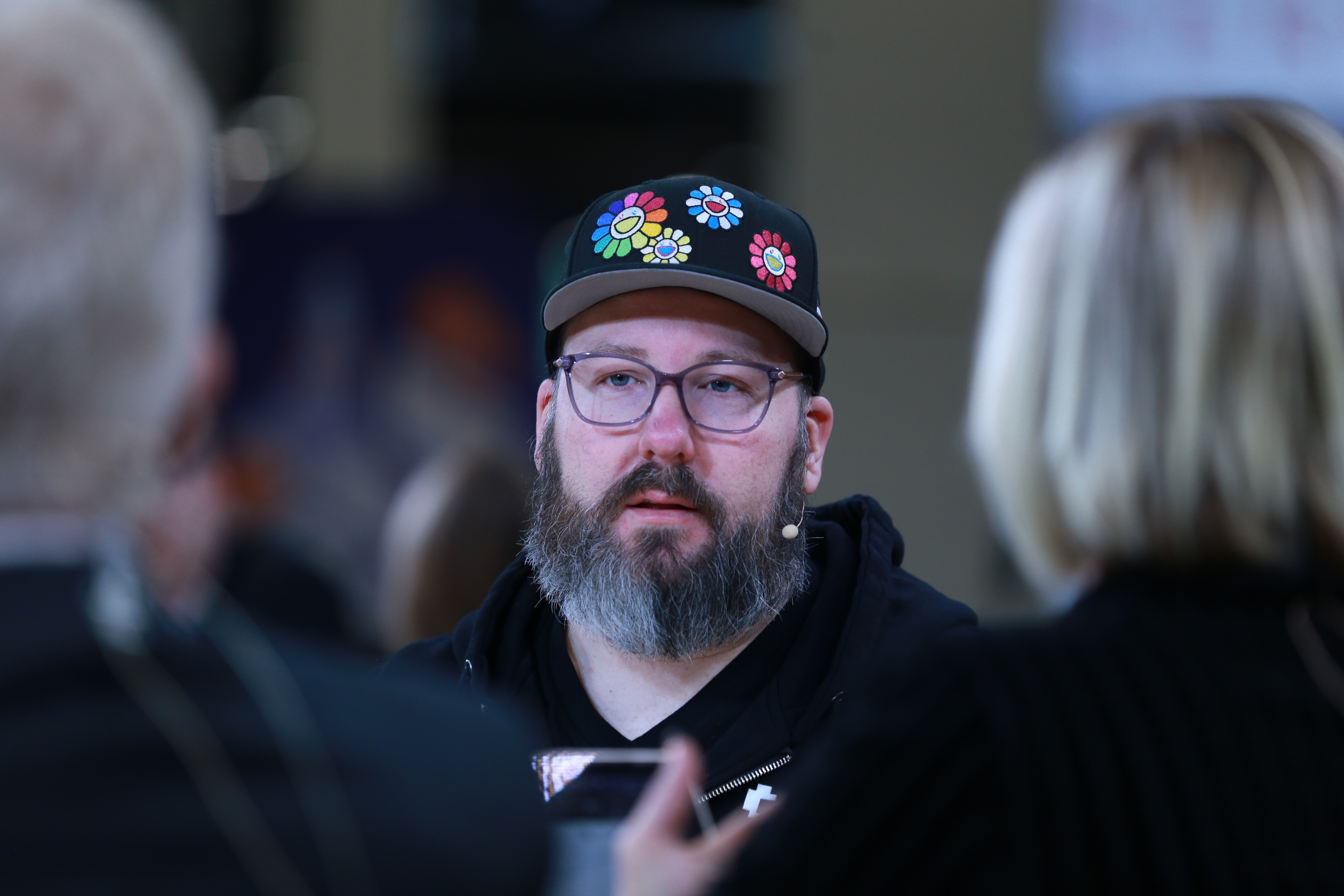 CLOUD
CLOUD
 CLOUD
CLOUD
 CLOUD
CLOUD
The adoption of OpenTelemetry is going to allow developers to do more building of interesting analysis features rather than repeating commodified work, according to one of the early members of the open source community-based project.
“Instead of having to build your Kubernetes integration, for example, OpenTelemetry is integrated and you just have this data now,” said Austin Parker (pictured), head of developer relations at cloud-native platform company Lightstep Inc. “It’s going to be a big shakeup.”
Parker spoke with theCUBE industry analysts Savannah Peterson and Paul Gillin at the recent AWS re:Invent conference, during an exclusive broadcast on theCUBE, SiliconANGLE Media’s livestreaming studio. They discussed OpenTelemetry and unified observability. (* Disclosure below.)
The existing problem is that organizations have too much data all in different places, according to Parker. “Getting that data out can still be really challenging,” he said.
Unified observability, of which OpenTelemetry considers itself to be a part of, changes that. Traditionally, metrics, logs and traces have been considered three separate data sources — picked up by different tools.
“They’re analyzed by different people for different purposes,” Parker stated.
However, the idea behind OpenTelemetry is that those three sources should be considered streams and be integrated together.
“A standard way to query this, a standard way to display, and letting you find the most relevant data, not where you’re paging between tab A to tab B, to tab C,” he explained.
However, Parker is keen to express that it’s not just tool consolidation. He described it as a driving a reliability element across clouds.
“High quality telemetry data [should be] a built-in feature of cloud-native,” he said. “People just want to be able to get questions answered where you don’t have to be an expert. Find problems, fix problems.”
A guided workflow would be an example — solving problems faster. The big advantage is that developers can get onto other things.
“I’ve got the data now, I can just go create a project, create an analysis tool,” Parker concluded.
Here’s the complete video interview, part of SiliconANGLE’s and theCUBE’s coverage of AWS re:Invent:
(* Disclosure: Lightstep Inc. sponsored this segment of theCUBE. Neither Lightstep nor other sponsors have editorial control over content on theCUBE or SiliconANGLE.)
Support our mission to keep content open and free by engaging with theCUBE community. Join theCUBE’s Alumni Trust Network, where technology leaders connect, share intelligence and create opportunities.
Founded by tech visionaries John Furrier and Dave Vellante, SiliconANGLE Media has built a dynamic ecosystem of industry-leading digital media brands that reach 15+ million elite tech professionals. Our new proprietary theCUBE AI Video Cloud is breaking ground in audience interaction, leveraging theCUBEai.com neural network to help technology companies make data-driven decisions and stay at the forefront of industry conversations.